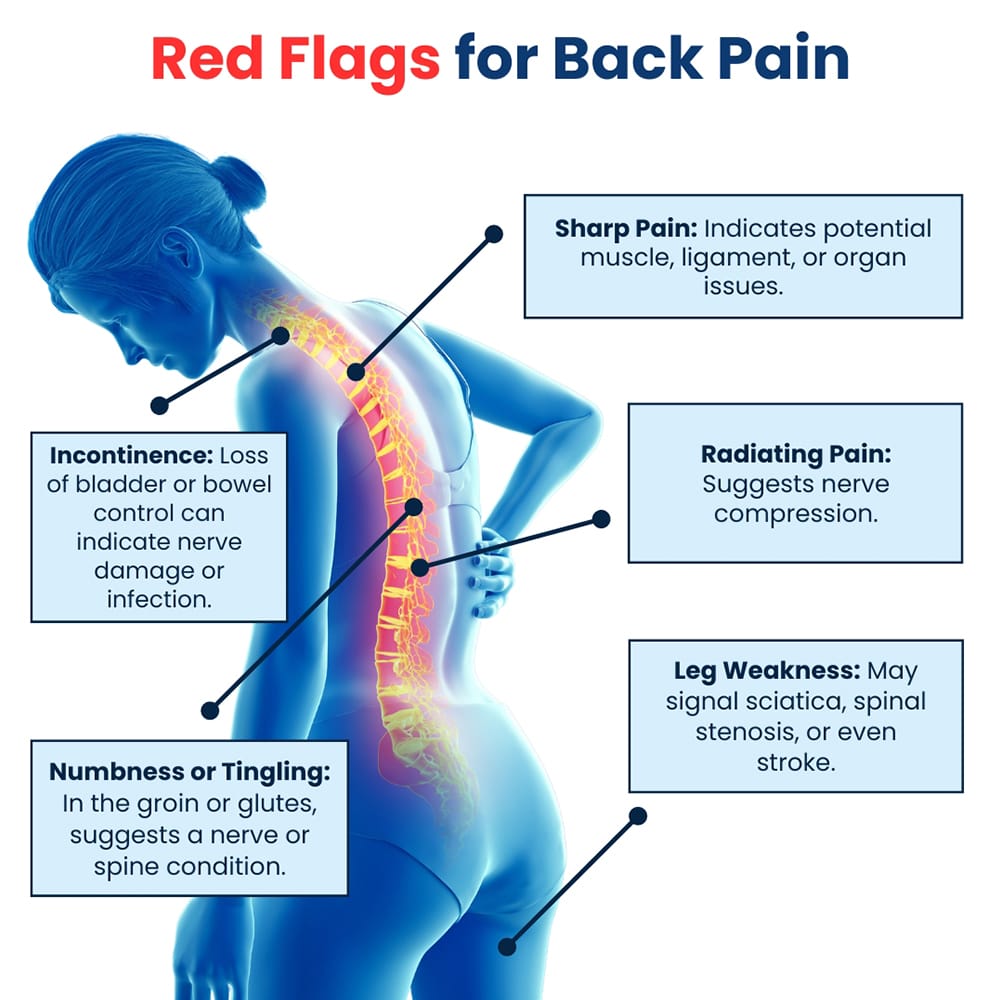
Strength and Lower Back Health in Weightlifting
Understanding the Issue
Weightlifting is one of the most effective ways to increase muscle mass, improve overall strength, and enhance physical fitness. From casual gym-goers to competitive athletes, resistance training plays a central role in shaping the body, boosting performance, and promoting a healthy lifestyle. Despite its many benefits, weightlifting carries inherent risks, with lower back pain (LBP) being among the most common injuries. Teenagers and young adults who lift weights are particularly vulnerable, especially when training without proper instruction, failing to progress gradually, or neglecting spinal stability. Incorrect posture, sudden increases in weight, and weak core muscles can place significant stress on the lumbar spine, increasing the likelihood of injury.
Insights from a Clinical Study
A study conducted by Dr. M.Y. Fares and colleagues examined 93 weightlifters aged 16–26 who experienced nonspecific lower back pain. Each participant underwent detailed clinical assessments, focusing on lifting posture, exercise technique, and training habits. Individuals with congenital disorders, systemic diseases, or fractures were excluded, ensuring the study specifically reflected weightlifting-related injuries. The findings offer valuable insights into the prevalence, causes, and management of lower back pain among young weightlifters, providing guidance for both prevention and treatment.
Key Findings
The study revealed that pain most commonly occurred at the L4–L5 (47%) and L5–S1 (46%) spinal levels, indicating these segments as particularly vulnerable during heavy lifting. Around 25% of participants required surgical intervention due to the severity of their condition, while the majority responded well to conservative treatments, including physiotherapy, swimming, and lumbar brace use. All participants reported that pain began during or immediately after training sessions, emphasizing the direct link between lifting practices and lower back injuries. Some participants also experienced mild psychological distress, showing how chronic pain can affect overall well-being, motivation, and training consistency.
Practical Strategies for Prevention
Preventing lower back injuries involves combining proper lifting techniques, progressive load increases, and targeted conditioning exercises. Key strategies include:
Correct Lifting Form: Maintaining a neutral spine, engaging the core, and performing controlled movements are essential. Techniques such as proper hip hinging in deadlifts and controlled squats help reduce lumbar stress.
Gradual Load Progression: Avoid sudden increases in weight. Incremental adjustments allow muscles and joints to adapt safely, minimizing the risk of overload.
Core Strengthening: Planks, bridges, bird-dogs, and other core exercises stabilize the spine and improve support during heavy lifts.
Flexibility and Mobility Training: Stretching hamstrings, hip flexors, and spinal muscles increases range of motion and reduces tension during lifting movements.
Active Recovery and Rehabilitation: Swimming, yoga, and light aerobic exercises promote spinal health, while physiotherapy can correct muscular imbalances, improve movement patterns, and alleviate existing discomfort.
Professional Guidance: Trainers and physiotherapists can provide personalized assessments, correct faulty techniques, and design tailored programs to minimize risk.
The Importance of Education and Awareness
Educating athletes on proper biomechanics, spinal health, and safe training practices is crucial. Understanding the role of posture, core engagement, and gradual progression can prevent most cases of weightlifting-related lower back pain. Knowledge of warning signs, proper warm-up routines, and recovery strategies allows athletes to train effectively without compromising their spinal health.
Takeaway
Lower back pain in weightlifters is largely preventable. Poor technique, excessive loads, and insufficient core stability are the main contributors. By prioritizing spinal awareness, structured training programs, and preventive exercises, athletes can reduce the risk of injury while maximizing their performance and long-term health. Consistency in proper lifting habits, combined with recovery and rehabilitation practices, ensures sustainable progress and minimizes interruptions due to pain or injury.
Conclusion
Weightlifting offers numerous benefits for strength, muscle development, and overall fitness. However, it must be practiced responsibly with attention to spinal health. Findings from the study by Dr. M.Y. Fares highlight the significance of proper technique, gradual load progression, and preventive strategies to minimize lower back injuries. By integrating core strengthening, flexibility work, and professional guidance, athletes can maintain a healthy, resilient spine, avoid chronic pain, and achieve optimal results from their weightlifting routines.


